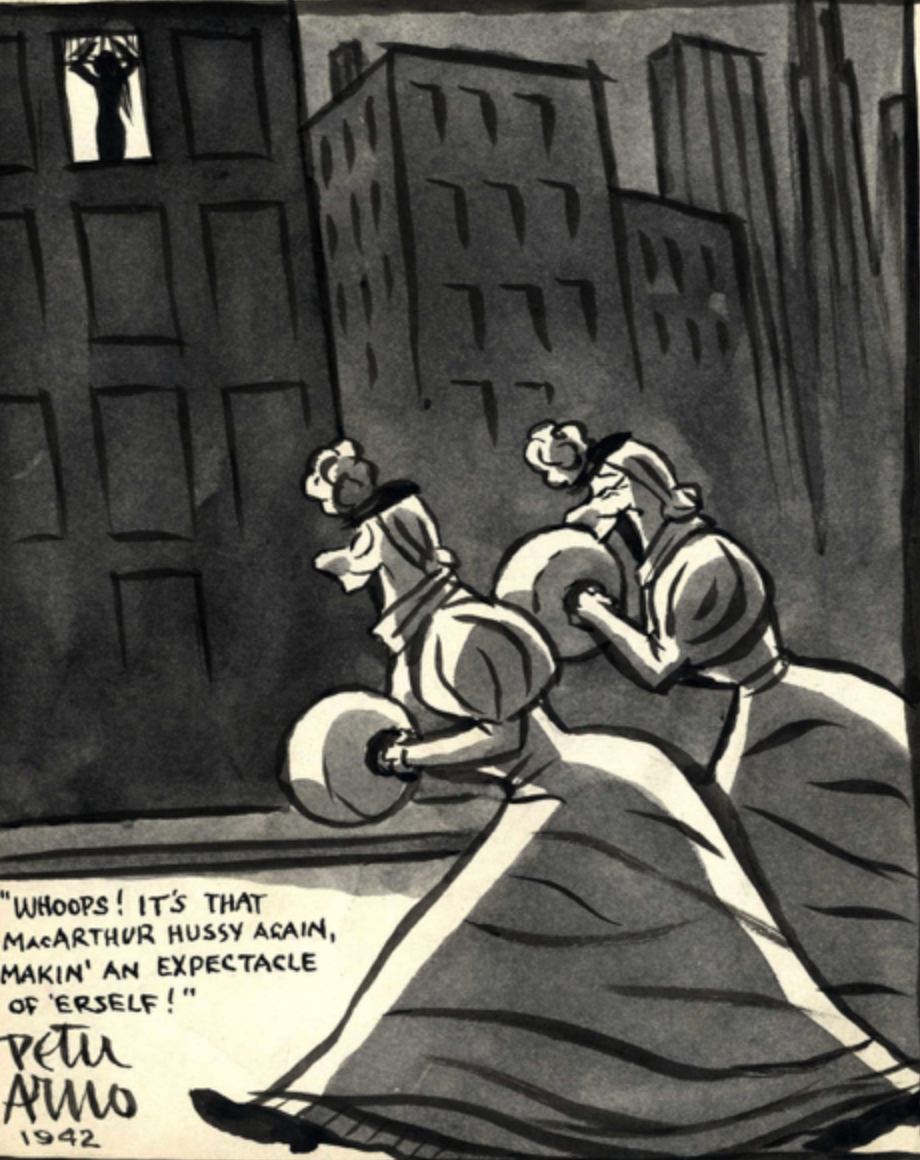IN 2009, the English author Susannah Marriott published a children’s pop-up book called A Field Guide to Fairies. Ms. Marriott was offering a mock natural history of a race of folkloric creatures, but the ambiguous title suggested a potential field guide for the kind of fairy studied by George Chauncey and other historians of same-sex behavior. If the fairy under consideration is taken to mean an effeminate American male of the late 19th or early 20th century, he may be identified by a number of distinguishing traits.
Sartorial signs would be foremost: a red necktie (as seen in the paintings of Paul Cadmus), a jacket with a cinched-in waist, trouser cuffs, patent-leather or suede shoes, a pencil moustache (said to enhance fellatio), and a diminutive cane. His gait would be mincing, his wrist limp and adorned with a slave bracelet, his voice high-pitched, his pronunciation sibilant, his name Percy or Algie. And his mating call would be “Whoops, m’dear!”

According to the Oxford English Dictionary, “whoops,” with its variant “Whoopsie Daisy!” is the exclamation uttered when a harmless accident occurs. The earliest citation it provides is a 1925 New Yorker caption to a Peter Arno cartoon. Arno’s first collection, Whoops, Dearie, came out two years later, when he created the Whoops Sisters. As described by the revue impresario Leonard Sillman, they were “short, squat, look-alike sisters with huge snub noses and puffy cheeks and the eyes of sad seals. They always dressed in black.” These late Victorian ladies, Pansy Smiff and Mrs Abagail Flusser, antiquated in their muffs and leg-o’-mutton sleeves, would engage in cheeky and inappropriate behavior (Figure 1).
The Whoops sisters with their double entendres were variants of the music hall’s “dame comics.”
Laurence Senelick is the author of The Changing Room: Sex, Drag and Theatre, and editor-translator of Lovesick: Modernist Plays of Same-sex Love.







